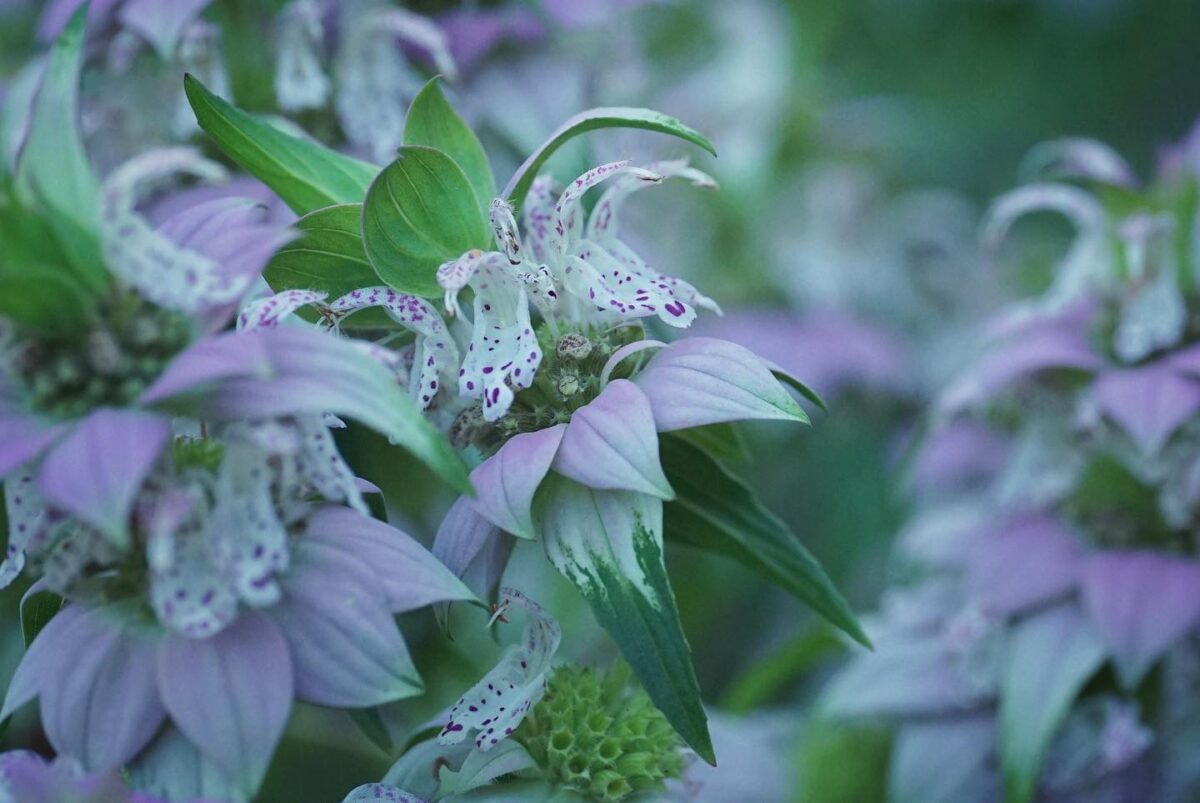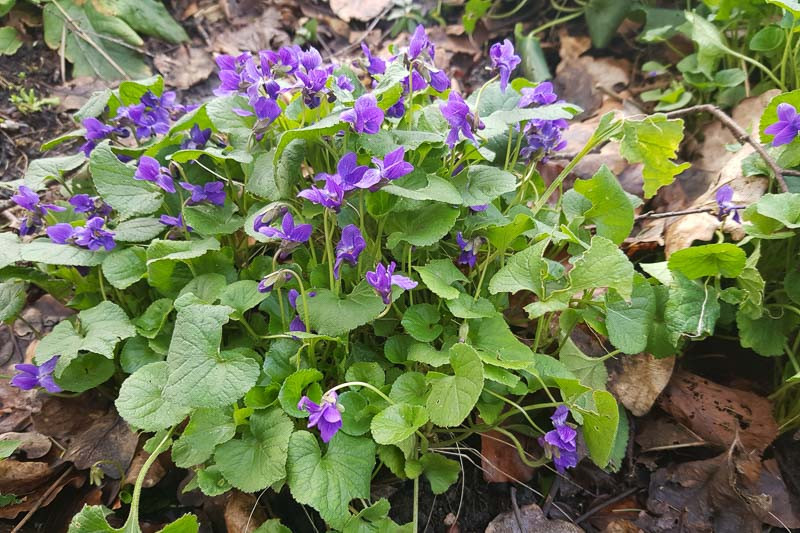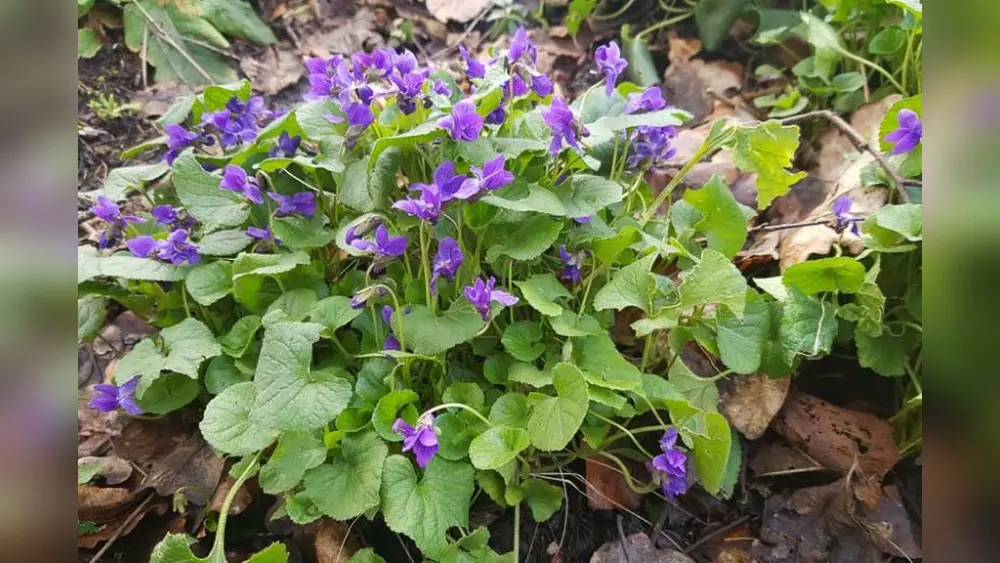Are you struggling to find the perfect plants that thrive in the shady spots of your Florida garden? You’re not alone.
Many gardeners face the challenge of bringing life and color to areas where sunlight is limited. The good news is, Florida is home to a variety of native shade plants that are not only beautiful but also low-maintenance and well-adapted to our unique climate.
Whether you want to brighten a dark corner or create a lush, green retreat, choosing the right native plants can transform your space effortlessly. Keep reading to discover the best native Florida shade plants that will make your garden flourish while saving you time and effort.
Florida Shade Zones
Florida’s diverse climate creates unique shade zones across the state. Each zone has specific conditions affecting plant growth. Understanding these zones helps choose the best native shade plants. Native plants adapt well to local shade environments. They require less water and care while supporting local wildlife.
North Florida Shade Conditions
North Florida has mild winters and hot summers. Shade areas often have dappled sunlight through tall pines and oaks. The soil tends to be sandy with good drainage. Native plants like oak fern, wild ginger, and foamflower thrive here. These plants tolerate cooler temperatures and occasional frost.
Central Florida Shade Areas
Central Florida combines warm winters and hot, humid summers. Shade zones include wooded yards and garden corners. Soil may range from sandy to clay. Native plants such as swamp milkweed, spiderwort, and tropical sage grow well. These plants handle humidity and partial shade with ease.
South Florida Shade Environments
South Florida is tropical with warm winters and hot, wet summers. Shade comes from palms and broadleaf trees. Soil is often sandy with organic matter. Native shade plants like beautyberry, firebush, and wild petunia flourish here. They resist heat, humidity, and occasional dry spells.
Top Native Shade Plants
Shade gardens in Florida benefit greatly from native plants. These plants thrive in low light and need less water and care. They support local wildlife and add natural beauty. Choosing native shade plants creates a healthy, sustainable garden space.
Ferns And Groundcovers
Ferns flourish in Florida’s shady, moist areas. The Christmas fern and oak fern offer lush green foliage. They stay green year-round and require little maintenance.
Groundcovers like wild ginger and frogfruit spread quickly. They form a soft green carpet under trees. These plants reduce soil erosion and block weeds naturally.
Shade-loving Wildflowers
Wildflowers brighten shaded spots with color and life. Spiderwort and wild petunia bloom in low light. Tropical sage and cardinal flower attract butterflies and hummingbirds.
These flowers add seasonal interest with their vibrant petals. They grow well without harsh chemicals or extra watering.
Native Shrubs For Shade
Shade-tolerant shrubs provide structure and privacy. Beautyberry and wax myrtle are native choices that thrive in shade. They offer berries that feed birds and other wildlife.
These shrubs have dense leaves that create a cool, shaded area. They require minimal pruning and adapt to Florida soils.
Low-maintenance Choices
Choosing native Florida shade plants that need little care makes gardening simple and enjoyable. These plants thrive in low light and adapt well to local soil and climate. They require less water and resist pests, saving time and effort. Below are some excellent low-maintenance native plants for shaded areas.
Drought-tolerant Natives
Some native shade plants survive with little water once established. Florida’s scrub and pine flatwoods have species that handle dry shade well. Examples include coontie (Zamia integrifolia) and beautyberry (Callicarpa americana). These plants keep their color and shape even in dry spells. They reduce watering needs and stay healthy in shady spots.
Plants For Wet Shade
Certain native plants thrive in shady, moist environments like swamps and wetlands. Swamp milkweed (Asclepias perennis) and royal fern (Osmunda regalis) grow well in wet soil under trees. These plants help control soil erosion and improve water quality. They add lush green texture to damp, shaded garden corners. Wet shade plants fit areas with poor drainage or near ponds.
Evergreen Options
Evergreens keep gardens lively year-round. Florida native evergreens like yaupon holly (Ilex vomitoria) and oakleaf hydrangea (Hydrangea quercifolia) provide lasting color and structure. They offer shelter for wildlife and maintain privacy screens. These plants need little pruning and stay vibrant in shady spots. Evergreen natives are perfect for low-maintenance, shaded landscapes.

Credit: www.flawildflowers.org
Color And Texture
Color and texture bring life to any shady garden spot in Florida. Native shade plants offer a rich palette beyond just green leaves. They provide vibrant flowers, varied foliage shapes, and seasonal changes. These elements create a garden full of interest and beauty throughout the year. Choosing native plants ensures they thrive well in Florida’s unique climate and soil. Let’s explore how flowering plants, contrasting foliage, and seasonal changes add charm to shade gardens.
Flowering Shade Plants
Native shade plants with flowers brighten dark areas beautifully. Tropical sage shows bright red blooms that attract butterflies. Swamp milkweed offers clusters of pinkish flowers, great for pollinators. Cardinal flower displays striking red spikes, perfect for shady borders. Wild petunia adds soft purple flowers that spread nicely. These plants bring color and life without needing direct sun.
Foliage With Contrast
Leaves come in many shapes, sizes, and shades in Florida’s native plants. Oak ferns have feathery, deep green fronds that add softness. Wild ginger shows broad, shiny leaves that create lush ground cover. Eastern star sedge offers fine, grass-like blades that contrast well. Mixing these plants creates texture and depth in shady areas. Contrast helps prevent a dull, flat look in the garden.
Seasonal Interest
Native shade plants change with the seasons, keeping gardens fresh year-round. Foamflower blooms in spring with delicate white flowers. Beautyberry shows bright purple berries in fall, adding unexpected color. Goldenrod has yellow flowers that appear late in the year. These seasonal changes add layers of beauty and keep your garden dynamic. Native plants adapt naturally, making seasonal shifts easy to enjoy.
Design Tips For Shade Gardens
Creating a beautiful shade garden in Florida takes some planning. Choosing the right native plants helps your garden thrive with less work. Design ideas can make your shaded space lively and inviting. Focus on layering, using mulch, and adding native trees. These tips improve the look and health of your shade garden.
Layering Plants
Layering adds depth and interest to your shade garden. Use tall plants at the back or center. Medium-sized plants go in front or around them. Low-growing plants fill in the gaps near the ground. This setup mimics natural forest layers. It creates shelter and food for wildlife. Also, it maximizes space and light use in shaded areas.
Using Mulch And Groundcovers
Mulch keeps soil moist and cool under shade. Choose natural mulch like pine needles or bark. It helps control weeds and adds nutrients. Groundcovers protect soil and reduce erosion. Florida natives like Frogfruit or Wild Ginger work well. They spread gently and brighten dark spots. Mulch and groundcovers make your garden neat and healthy.
Incorporating Native Trees
Native trees provide shade and structure for your garden. Live Oak and Southern Magnolia are excellent choices. Their canopies create a cool, shaded environment. Trees also support local birds and insects. Plant young trees with space to grow wide. They offer long-term benefits to your shade garden’s ecosystem.
Wildlife Benefits
Native Florida shade plants offer more than just greenery and beauty. They play a vital role in supporting wildlife. These plants create homes and food sources for many creatures. Choosing native shade plants helps keep local ecosystems healthy and balanced.
Attracting Pollinators
Many native shade plants produce flowers that attract bees, butterflies, and moths. These pollinators help plants reproduce by moving pollen from flower to flower. Plants like swamp milkweed and tropical sage are favorites for butterflies. A garden full of native shade plants becomes a lively hub for pollinators. This supports the survival of these important insects.
Providing Bird Habitat
Shade plants give birds places to rest, nest, and hide from predators. Shrubs such as beautyberry offer berries that birds eat. Trees like live oaks provide shelter and nesting spots. Dense foliage protects young birds and helps them grow safely. Bird species benefit greatly from native shade plants in Florida.
Supporting Local Ecosystems
Native shade plants work with other wildlife to keep ecosystems strong. They improve soil health by preventing erosion and adding nutrients. These plants support insects, reptiles, and small mammals too. Every part of the ecosystem relies on native plants to thrive. Growing native shade plants helps maintain Florida’s natural balance.
Common Challenges
Growing native Florida shade plants can be rewarding yet challenging. These plants thrive in low light and moist soils but need special care. Understanding common challenges helps gardeners keep their plants healthy and beautiful.
Dealing With Low Light
Shade plants get less sunlight than others. Too little light slows growth and weakens plants. Choose plants adapted to deep shade for best results. Avoid placing sun-loving plants in dark areas. Regularly check leaves for pale color or drooping. These signs show insufficient light. Moving plants to brighter shade spots helps them recover.
Managing Soil Moisture
Shade areas often have damp soil, but too much water causes root rot. Native Florida plants prefer moist but well-drained soil. Test soil regularly to avoid waterlogging. Use mulch to keep moisture even and reduce evaporation. If soil stays soggy, improve drainage by adding organic matter or creating raised beds. Water plants only when the top soil feels dry to touch.
Pest And Disease Control
Shade plants can attract pests like aphids and spider mites. These insects damage leaves and stunt growth. Inspect plants weekly and remove pests by hand or with water spray. Use natural pest controls like neem oil when needed. Diseases like powdery mildew can appear in shady, humid areas. Prune overcrowded branches to improve air flow. Healthy plants resist pests and diseases better.

Credit: www.gardenia.net
Resources For Gardeners
Gardening with native Florida shade plants becomes easier with the right resources. These tools help gardeners choose, grow, and care for plants that thrive in shaded areas. Access to local knowledge and expert advice ensures your garden flourishes. Below are key resources every gardener should know.
Local Native Plant Nurseries
Native plant nurseries offer species adapted to Florida’s shade and climate. Staff provide tips on planting and maintenance. Visiting these nurseries helps gardeners see plants in person. Many nurseries also host workshops and events. Supporting local nurseries promotes native plant conservation.
Extension Services And Guides
Florida’s extension services provide free, research-based gardening advice. They publish easy-to-follow guides on native shade plants. You can ask experts about soil, pests, and watering. Local offices often hold plant clinics and classes. These services connect gardeners with trusted, science-backed information.
Online Plant Identification Tools
Digital apps and websites help identify native shade plants quickly. These tools use photos and descriptions to confirm plant species. Gardeners can learn about plant care and habitat needs. Many platforms include user reviews and planting tips. Online resources make native plant gardening accessible for all skill levels.

Credit: www.blaumlandscaping.com
Frequently Asked Questions
What Plants Are Native To Shade In Florida?
Native shade plants in Florida include wild ginger, oak fern, swamp milkweed, cardinal flower, and tropical sage. These thrive in low light and require minimal care.
What Native Plants Do Well In Shade?
Native shade-loving plants include wild columbine, foamflower, oak fern, wild ginger, swamp milkweed, and tropical sage. These thrive in low light and add natural beauty.
How To Landscape A Yard With Low Light In Florida?
Choose native shade-tolerant plants like beautyberry, caladiums, gingers, and bromeliads. Use lighter mulch to brighten low-light areas. Incorporate groundcovers like frogfruit and wild columbine. Maintain soil moisture and avoid dense planting to ensure healthy growth in Florida’s shaded yards.
What Is The Best Low Maintenance Landscape In Florida?
The best low maintenance landscape in Florida uses native plants like saw palmetto, beautyberry, muhly grass, and swamp sunflower. Rain gardens with these plants control water naturally and thrive with minimal care. This approach saves water, reduces upkeep, and supports local wildlife.
Conclusion
Choosing native Florida shade plants brings beauty and ease to your garden. These plants thrive with less sunlight and less care. They support local wildlife and help the environment. Use a mix of flowers, ferns, and groundcovers for a lively space.
Remember to water well during dry times. Shade gardens can be peaceful retreats or vibrant spots full of life. Start planting today for a greener, healthier Florida yard.

